Succulents Rugged Beauty
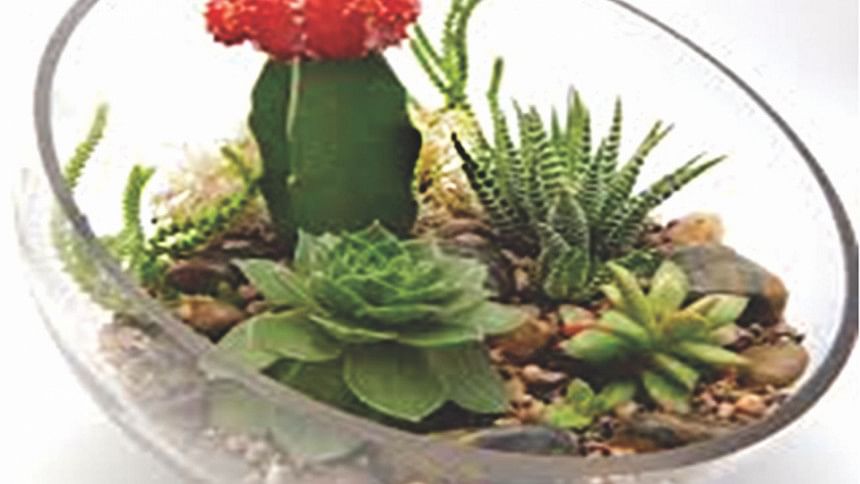
I found her while passing through the pavements of the training institute in Faridpur district. My eyes were enamoured with the beauty and offerings. There was a time she drew lots of media attention because of her mystic character. My mother was one of the admirers, keen on witnessing the birth of flowers that only happens during a special moment in the flowering season. Upon returning from the trip, I became curious about knowing more about the life of this special variety of plants – termed 'succulent', as they have thick, fleshy leaves and stems where water is stored for long periods. It is natural to get confused over the other variety – cactus. It is said that nearly all cacti are succulents, but not all succulents are cacti, even although some have the similar look.
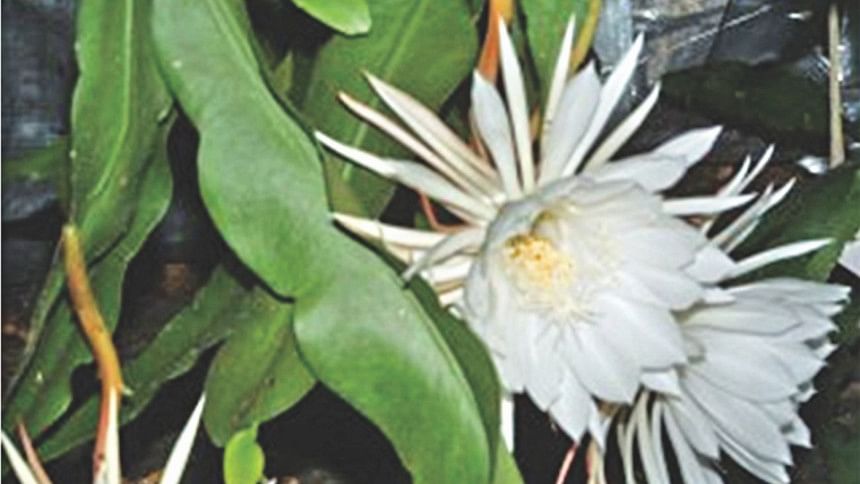
There are many reasons why succulents are getting more attention as the days go by. I think this is because of their simple and delicate nature, shapes, and subtle colours. They are very tolerant, require fewer resources and often thrive in difficult environments. We have adopted them in our urban lives as they require minimal space and add instant beauty to the place. They can be placed anywhere from bathroom sinks to a moody boss's table.
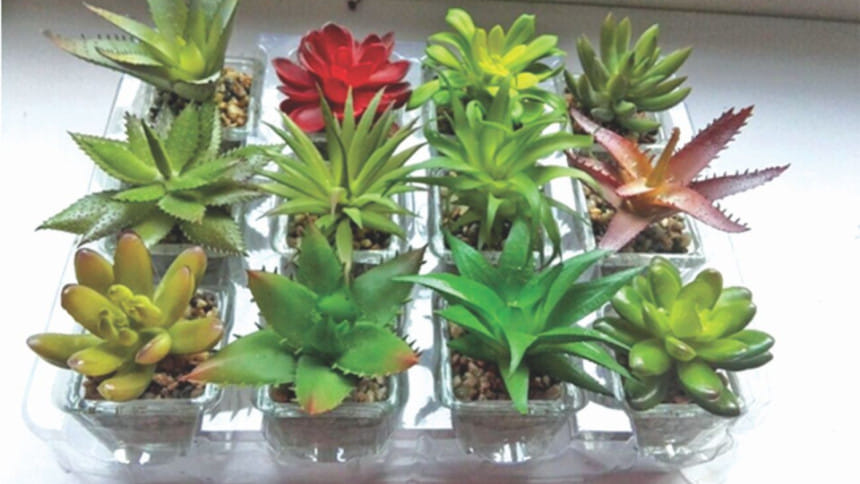
We know succulents grow easily and they thrive in dry, arid conditions like deserts. Their leaves allow them to retain maximum moisture. This water-maximising feature also exists in their root systems. Succulent roots grow in very thick and only penetrate their soil a few inches. This allows the ability to absorb the smallest amount of water present. Despite the fact they are easy to maintain, it is still important that they receive the proper care. Succulents like to receive a lot of direct light and south-facing windows are an ideal spot for their healthy growth. Watering succulents is an important and critical issue as well – generously in summer and appropriately during the winter months. They should be given a good helping of water and then allowed to dry out completely. Over watering is the number one killer of succulents because if they are allowed to sit in excess water, their root rots. Repotting is not necessary unless the roots are obviously pushing their way out of a pot.
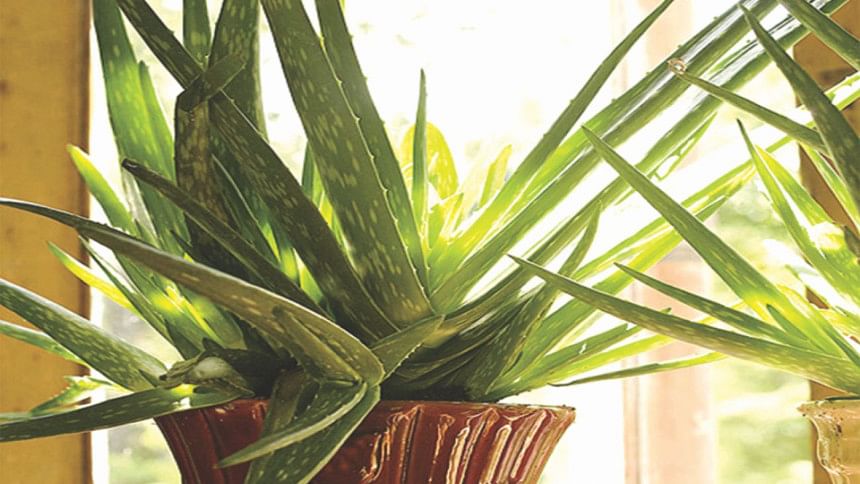
HOME ARRANGEMENTS
Think about the size, colour and container of your choice. Choose from things like a glass bowl, unused tray, or empty bottles of jam and jelly, and fit it there in any space that has access to some sunlight.
Succulent plants are trendy, diverse, and stunning with their look and good companions too! They are with so many types and names such as Echeveria, Sedum, Aeonium, Agave, Dudley, Aloe, Cotyledon, Crassula, Sempervivum, Graptopetalum, Kalanchoe and Senecio. They come with a hue of colours, ranging from blue-green, chartreuse, pink, red, yellow, white, burgundy, to almost black.
Succulents like the dry humidity and warm conditions found in most homes, and while they like direct light, they can also adapt to lower light. Some of the succulents are hanging types. Some varieties are suitable for home and easy to care for with some general knowledge. Flowers from some succulents like burro's tail rarely blooms, but pink or red flowers may appear at the end of the stems in summer. The leaves fall very easily even with a light touch. If you move a houseplant outside for summer, keep it in a shaded location as sudden exposure to direct sunlight may cause sunburn. When the plant is in bud, pay close attention because even slight dehydration or overwatering may cause buds to drop. Provide medium to high light, and fertilise three times in summer to promote blooms.
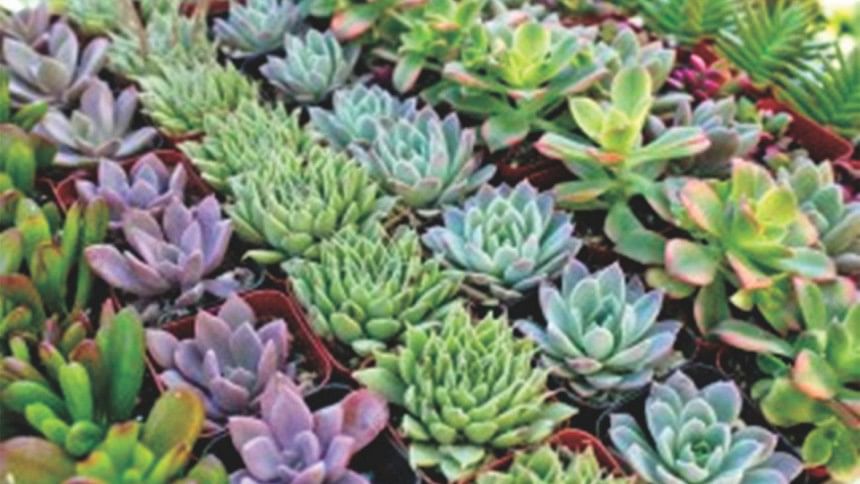
POPULAR VARIETIES
Varieties like crown of thorns, which originated in Madagascar, have now adopted well in our country and can bloom year-round if given enough light. Another variety, Hens-and-Chicks, produce "chicks", small, identical plants that are slightly offset from the mother "the hen". The jade plant is an old-fashioned favourite for a reason as they are so easy to grow. Medicine Plant (Aloe vera) has been used for centuries to treat wounds and sunburn. Nowadays we see Aloe everywhere from the footpath vendors selling serbet (from the extracts of the leaves) to the rack of super shops.
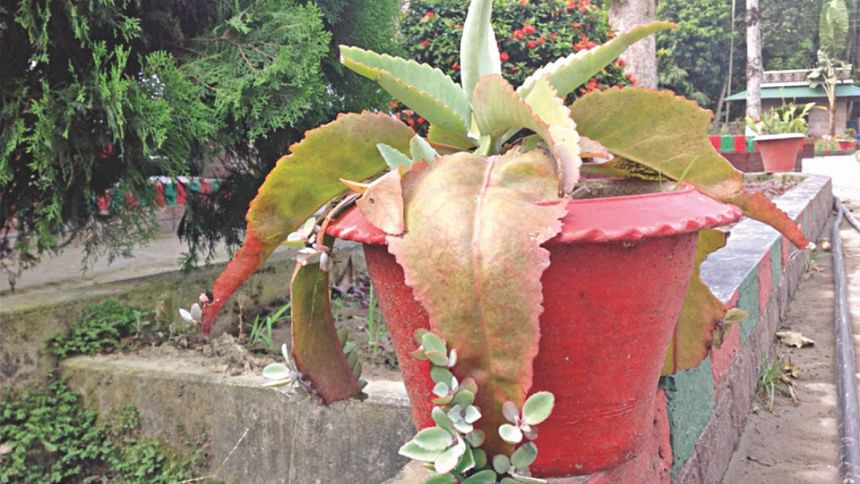
THINGS TO REMEMBER
Don't over-water, and allow it some sunlight; that's the two most important things to remember when it comes to succulents. Also, try out different kinds, because they are not all alike. Some will thrive in indoor conditions while others might not. A plant with greener leaves have a higher chance of surviving indoors. Be knowledgeable about the colours of succulents as succulents in the purple and orange are really better suited for outdoor spaces. Give them proper breathing space in indoor settings. Succulents can do well in crowded compositions outdoors with a maximum amount of sunlight and accommodate them in Unglazed Pots, which should prevent them from becoming waterlogged.
Feel free to send me an email to share your thoughts, feedback, and photos of your garden, or tell your story; ask a question on the garden issue. Send your emails to [email protected]
Photo courtesy: Laila Karim

 For all latest news, follow The Daily Star's Google News channel.
For all latest news, follow The Daily Star's Google News channel. 



Comments